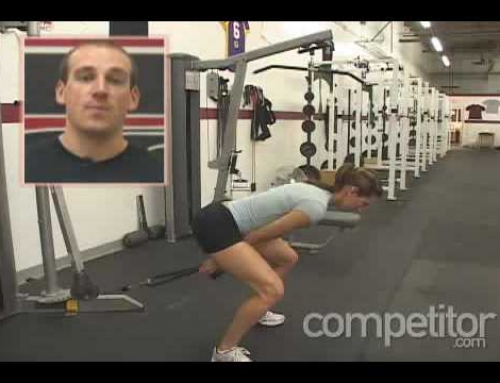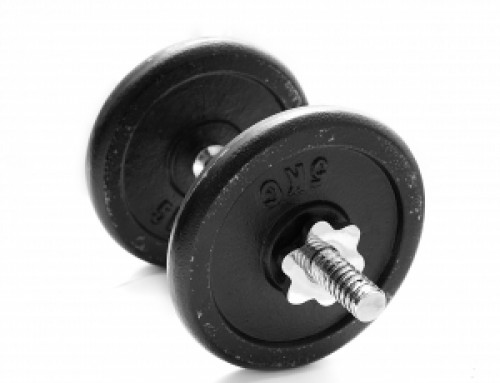The lowly push-up, long regarded as simply an exercise for guys that just received a high-and-tight haircut and now have to call everyone “sir”, or a simple, P.T. type movement that doesn’t really do much. I want to revisit the push-up and hopefully give you some different looks at this old, dusty standby that will endear it to you again in your workout regimen.
Basic Training
Let’s start with the basics, grunts, and that would be what does a proper push-up look like? There are many iterations of this relic, but we need to start at the bottom before we go deeper. The standard push up should be started with hands shoulder width apart, back straight, and up on your toes. Your body should basically be in a straight line from your heels to the back of your head. Begin the motion by lowering the chest to within an inch of the floor, and then after the briefest pause, push downward at the floor until the arms are fully extended. That is the base from which we’ll build some variations and have fun with this old dog.
The main thing to remember about push-ups is that like most exercises, strict form is the key. You shouldn’t be wildly flailing up and down; momentum should be kept to a minimum to correctly tax the correct muscle groups. Speaking of which, we should probably get an idea just what muscles the standard push-up will work. First and foremost, the muscles of the chest take the brunt of the load. The chest is comprised of the pectoralis major and the pectoralis minor, two fan-shaped muscles that connect the humerus (near the shoulder) to the breastbone. These muscles make a wide variety of pushing and pulling activities possible, as well as controlling the motion of the deltoids (shoulder muscles). Also involved to a great degree, as with most pushing moves, are the triceps (muscles on the back of the upper arms). The shoulder muscles also get in the game; mostly the front and side deltoids. Of course the abdominals are tightened, and the muscles of the back, the latissimus and trapezius, come into play as well. As we can see, most of the upper body and core are involved in your standard push-up – not too shabby for only one exercise, huh?
Variations
Now that we know the how and why, let’s look at some variations from the basic push-up that can really diversify the muscle groups focused on. Something as simple as varying the width of your hands can engage different portions of the chest muscles. Wider hands will stress the inner pectorals more and even draw in some biceps too. Hands closer together will stress the deltoids and triceps more. I actually like a variation where the hands are on top of one another to really get some triceps burn.
Elevating the feet is also a great way to make the standard push-up more difficult. Once you work your way up to knocking out 30-50 normal push-ups in a single set, you can try doing them with your feet elevated on a bench, chair, or couch. If you really want a challenge, try moving your hands closer to your waist. This will destabilize the body further and will cause new groups of muscles to fire in order to maintain balance and complete the work.
Use Your Imagination
If you really want to think outside the box, you can use some dumbbells or step boxes to the mix, placing them past shoulder width, doing a push-up with hands on the floor, then on the up motion, exploding up and placing your hands on the elevated platform, doing another rep and then pushing up explosively to place your hands back on the floor (remember plyometrics?). I like using some medium sized medicine balls under my hands sometimes to really bring in the ancillary muscle groups and work on balance.
As you can see, the variety of push-ups is only limited by your imagination. Try as many variations as you can – redundancy is the enemy of muscle and strength gains! Work your way into a high rep range as well. Start with as many as you can do with strict form, rest a few minutes, and then complete one or two more sets. Once you can get to doing fifty in a single set, start moving from the standard push-up to a different variety. The push-up can truly build a solid base of strength when applied properly, and the best part is that you don’t need specialized equipment or even a gym member ship to reap the rewards! Now drop and give me a hundred!








